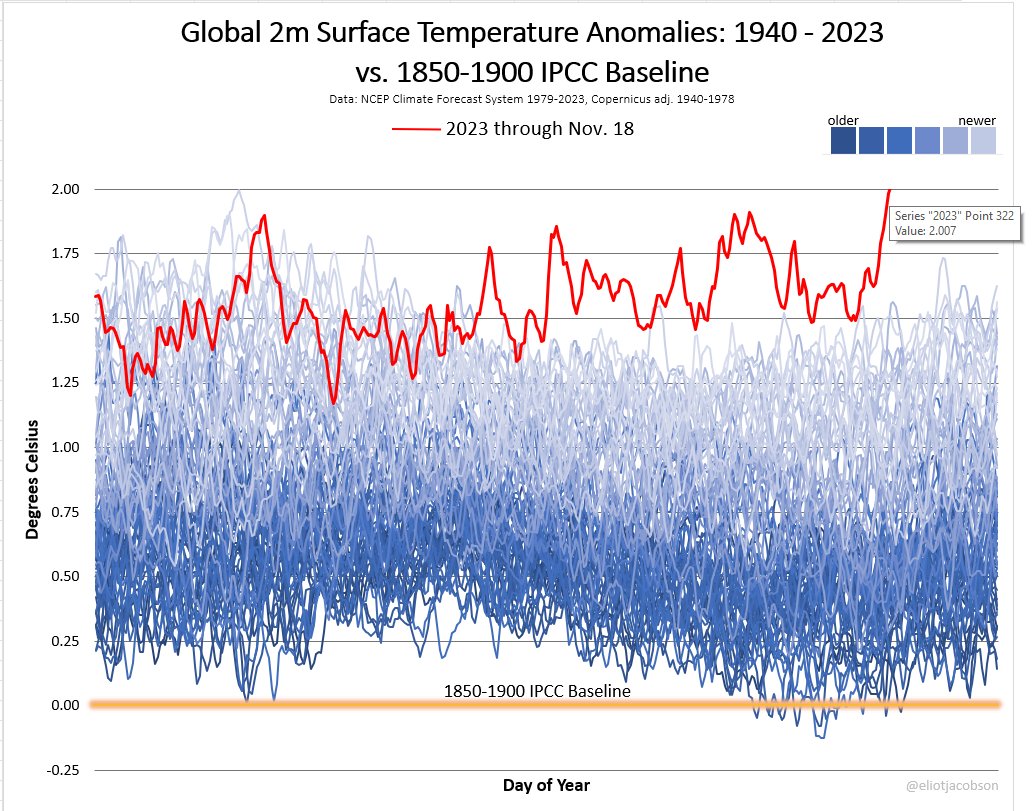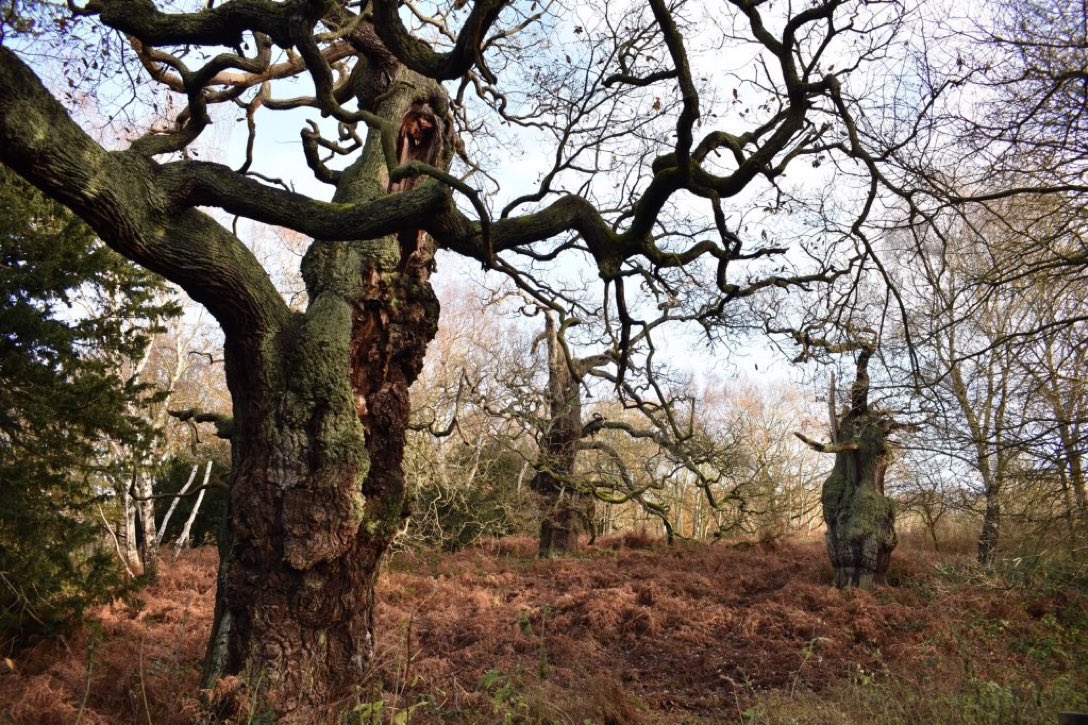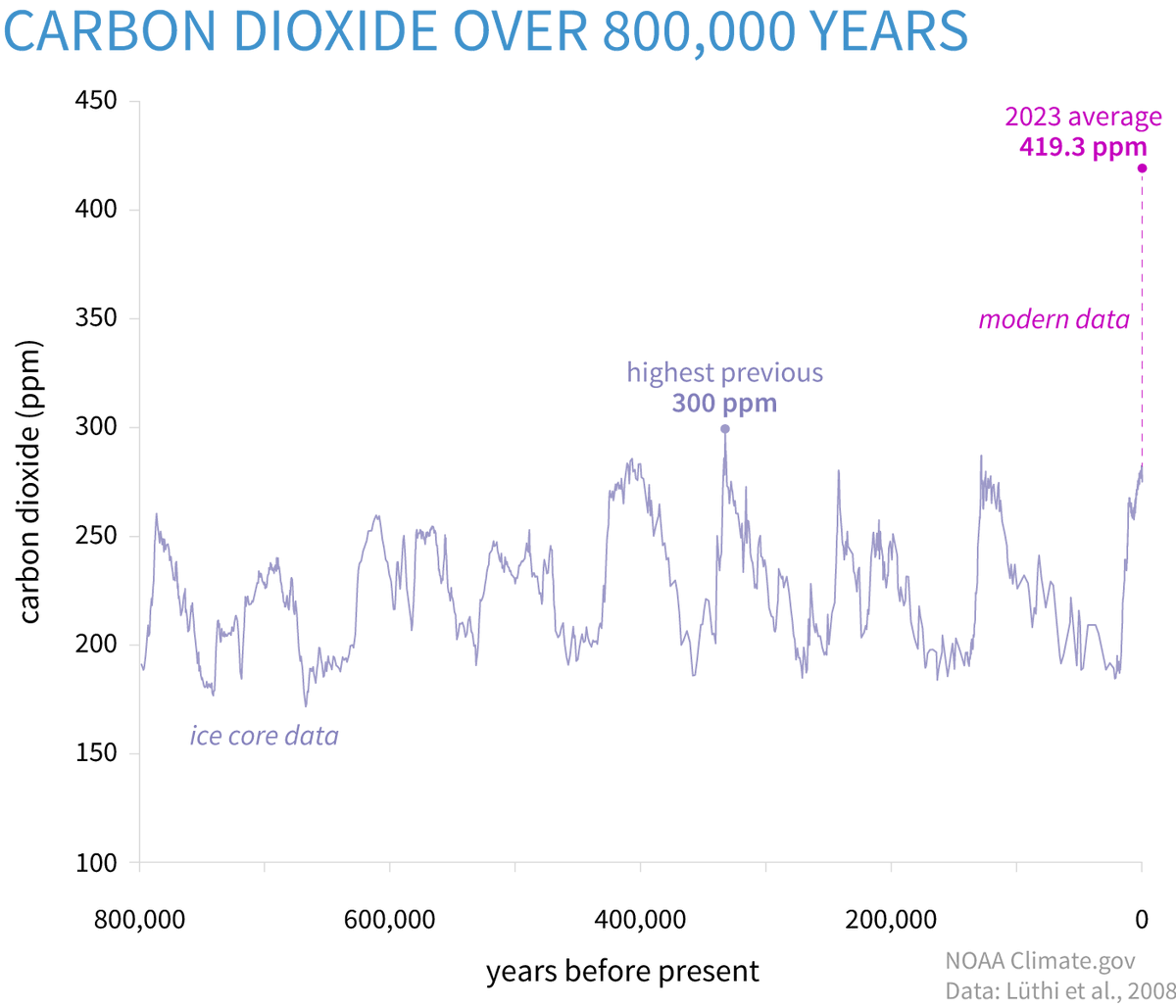
Georg Kodl
@gkodl
PhD Student, University of St Andrews. Studying soil erosion and vegetation change in Arctic tundra using remote sensing. Enthusiastic about nature and woods 🌳
ID: 1341772731583492098
23-12-2020 15:52:09
40 Tweet
63 Followers
183 Following



🔥 Smoke from our fires kept Earth cool. 🗓️ Potentially for thousands of years! In Global warming in the pipeline (1), our recent paper lead by the great James Edward Hansen, we presented this theory. This might help answer the question of why the planet didn't warm (or even
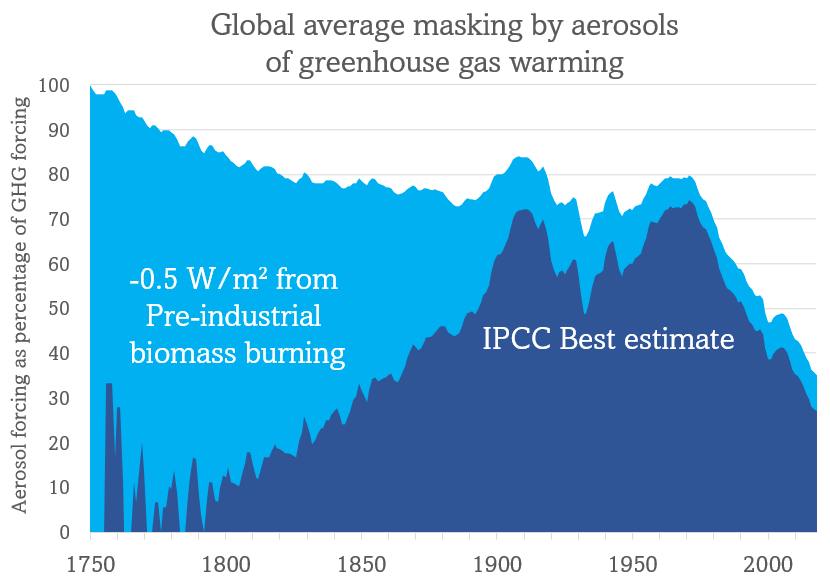




🌲🛰️💡 Excited to share WoodlandWatch's win of the St Andrews Innovation award! This startup is set to transform UK forest monitoring with earth observation technology, enhancing forest management efficiency and addressing the growing challenges of climate change. #startup #forest


🛰️Thrilled to share my latest research paper on effects of spatial resolution in soil erosion monitoring in the Arctic tundra. Study in NE Iceland compares satellite and UAV imagery to explore biases. A new metric for mixed pixel assessment is introduced. sciencedirect.com/science/articl…


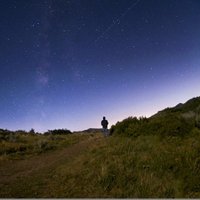



Great gathering at the #ASSW2024 in Edinburgh bringing together the Arctic community, with broad range of excellent talks. I shared insights at ScotArcticNet session, on Icelandic and Fennoscandian tundra microclimates and impacts on vegetation dynamics. Photos JFD Media / ASSW
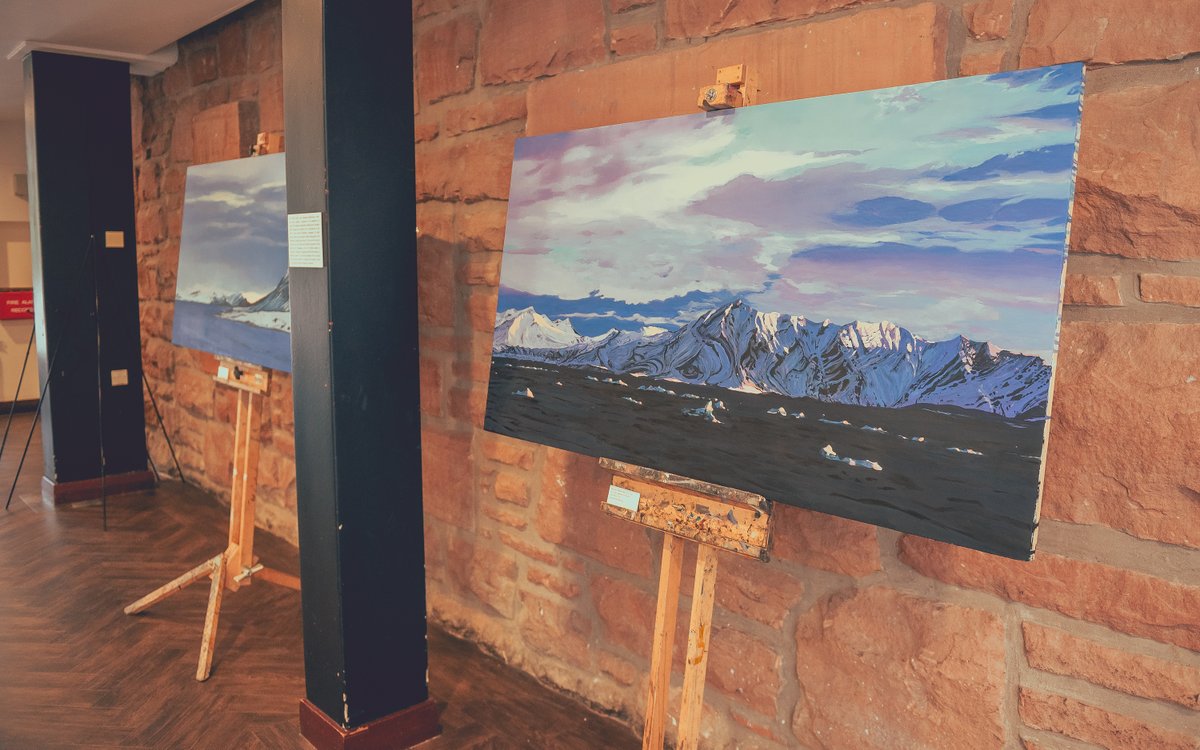


The recording of our #ASSW2024 research spotlight session is now up. Tune in to see Beth Langley discuss sedimentary carbon, Georg Kodl - tundra soil and vegetation, Alöna Roitershtein - sustainable tourism in the Orkneys, expertly chaired by Dr Anna Gebruk youtu.be/SPwU7oCEM7E?si…


